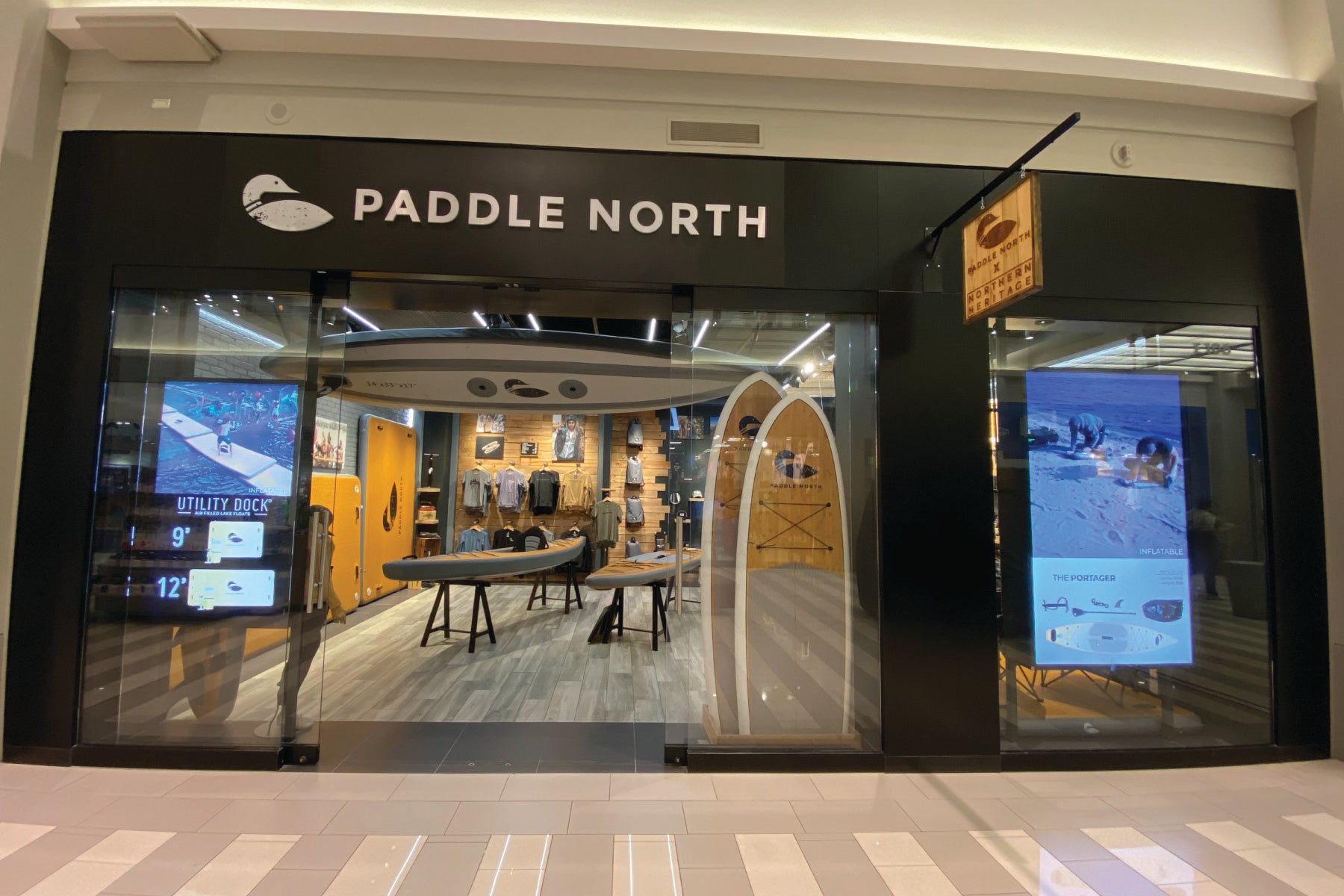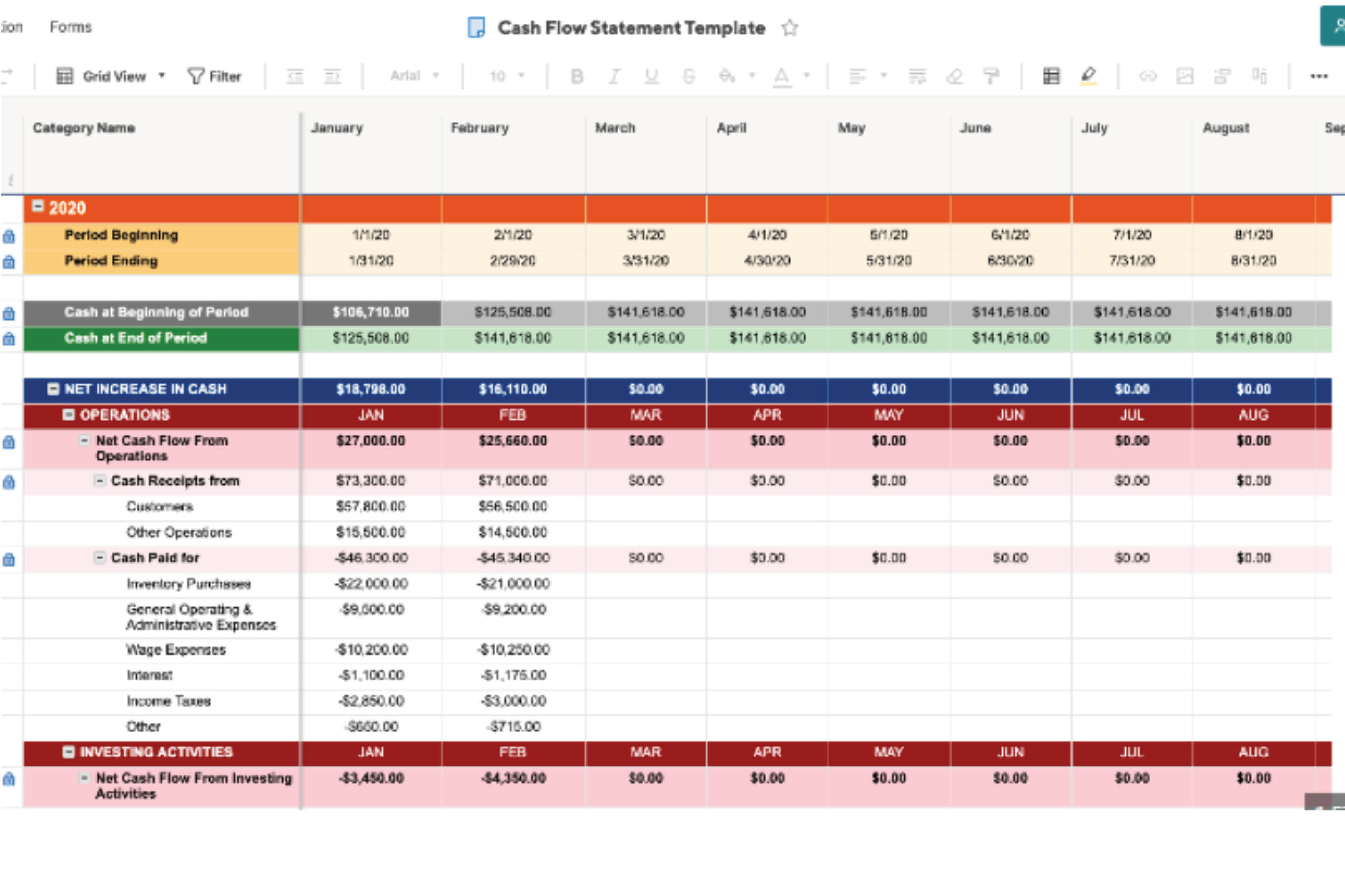We Closed Our Mall Stores

The Year We Closed The Mall Stores.
From 2016 to 2023, we operated retail stores in four different shopping centers. At that stage of our business, it felt like the right move. They were all profitable ventures and laid a foundation for a period of explosive growth. Fun Fact: These stores were even profitable at the time of closing, so we don't have anything but love for shopping centers, but sometimes as a business owner you have to decide between a good option and the best option for spending resources.
Closing was a terribly hard decision to make, and we honestly probably made it 1-2 years too late. We learned a lot along the way. If you are considering opening a retail store in a shopping center, here are three good things and three challenges that we learned from our time at the mall:
Good #1: - Traffic Flow:
One of the undeniable advantages of shopping centers is the consistent flow of foot traffic. Even as online shopping continues to rise, there's a substantial number of people who frequent malls. This foot traffic provides retailers with a continuous stream of potential customers, creating ample opportunities for engagement and sales.
Like events, location within the shopping center is pivotal. . We had stores move from really good locations to less desirable and the impact on sales was immediate. First lesson: Do not sign a long term lease until a location is proven for your business.
Good #2:- Holiday Shopping
The holiday season at shopping centers is real. Shopping centers offer a concentrated space where the spirit of gift-giving is in full swing, especially on Black Friday and the Saturdays leading up to Christmas. For one shopping center, we only opened on a temporary basis for all of November and December. The payoff was great.
But you pay for these busy times with the lulls in October and January, which is miserable. t
Good #4: The Billboard Effect
Having a presence in shopping centers functions like a colossal billboard. Even if customers don't make an immediate purchase, the exposure is big. It builds brand awareness, ensuring that your business remains in the minds of potential customers long after they've left the shopping center.
To this day on our website, we have a post purchase questionnaire which allows people to select where they first heard about us. Malls are often the first point of contact.
Challenge 1: Staffing & Inventory Challenges:
The giant elephant in the room and perhaps the number one reason why we left the mall - we couldn’t find enough good people that wanted to work there. Staffing was a persistent challenge in our shopping center journey and not easy to get right. Even our good team members stationed at those stores ended up getting the “lonely island” syndrome – being that far away from the heartbeat of our organization at the Headquarters. The 10-hour store shifts required multiple shifts from multiple people (it wasn’t clean 8 hour shifts), which resulted in having a ton of part time staff.
When you mix new people and part time staff into a store operation that feels like an island, you get mixed messages presented to customers. It just didn’t work.
Challenge 2: Break Point Fees:
All shopping centers incorporate an extra tax payment called Breakpoint. They each have different calculations on how it is formed, but the premise is an extra percentage fee that is added to your rent obligation (if you sell above a certain revenue threshold). It works like this:
The Malls require your store to report revenue on a monthly basis,, and if you surpass the breakpoint revenue - then you end up paying the extra breakpoint fee. It is a very smart model for the malls, but a very bad deal for tenants. On contract renewal time, Malls are now firmly in the driver's seat for new rate negotiations, knowing your sales history by month. This does not exist in stand alone buildings - landlords would be laughed at if trying to implement such a system.
Challenge 3: Flexibility is Non-Existent:
Shopping centers often have fixed operating hours, leaving retailers with no flexibility. If the mall is open, your store is open. This became particularly problematic with seasonal businesses like ours that specialize in warm weather water products. There is no flexibility to scale back hours during the slower shopping months. In addition, COVID was a wild time for all businesses, but perhaps at the top of bad situations was being a retail tenant in a mall store. Malls were mandated to close and rent was still due. Traffic did not recover for years post pandemic.
Here’s the takeaway:
There are many formulas that mall stores can work. The traffic is real and buyers do come. Small specialized stores like ours, that require premium staff and need the ability to have a high level of seasonality? It was just ok.
While we closed mall stores, we didn’t exit retail. We’ve transitioned to standalone stores that have more control. We have the power to completely shutdown in January, or go 5-days a week during the slower months. Inventory management became more streamlined, and the flexibility in operating hours empowered us to adapt quickly to industry trends and customer preferences.
Have a question about opening a Mall store? Do you have an experience that is different? Let us know in the comments.
__
Follow Pete on Twitter → @peteyboardman




Comments